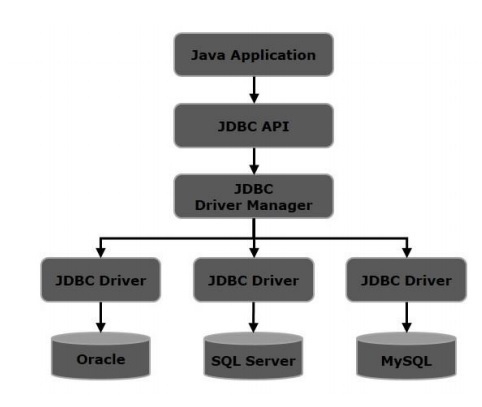[Spring] Hibernate, JPA Overview
Hibernate 랑 JPA가 뭐지?
Hibernate/JPA CRUD (1)
- What is Hibernate?
- Benefits of Hibernate?
- What is JPA?
- Benefits of JPA?
- Code Snippets
What is Hibernate?
- A framework for persisting / saving Java objects in a database
- www.hibernate.org/orm

save(), pertsist()?
- save() - Persist the given transient instance, first assigning a generated identifier. (Or using the current value of the identifier property if the assigned generator is used.) This operation cascades to associated instances if the association is mapped with cascade=”save-update”.
- persist() - Make a transient instance persistent. This operation cascades to associated instances if the association is mapped with cascade=”persist”. The semantics of this method are defined by JSR-220.
| Key | save() | persist() |
|---|---|---|
| Basic | It stores object in database | It also stores object in database |
| Return Type | It return generated id and return type is serializable | It does not return anything. Its void return type. |
| Transaction Boundaries | It can save object within boundaries and outside boundaries | It can only save object within the transaction boundaries |
| Detached Object | It will create a new row in the table for detached object | It will throw persistence exception for detached object |
| Supported by | It is only supported by Hibernate | It is also supported by JPA |
Benefits of Hibernate
- Hibernate handles all of the low-level SQL
- Minimizes the amount of JDBC code you have to develop
- Hibernate provides the Object-to-Relational Mapping(ORM)
What is JDBC?
- JDBC stands for Java Database Connectivity. It is a Java library/specification released by sun microsystems.
- It enables Java applications to communicate with databases.
- A JDBC driver is an implementation of the above-mentioned specification i.e. it contains the classes and interfaces to communicate with the database.
- Using JDBC driver and JDBC API you can write Java applications which will send a request to the database and retrieve the results.
- I.e. you can connect to the database, create SQL statements, Execute the SQL statements, access and modify the resultant tables using this library.
- Fundamentally, JDBC is a specification that provides a complete set of interfaces that allows for portable access to an underlying database.
- Java can be used to write different types of executables, such as −
- Java Applications
- Java Applets
- Java Servlets
- Java ServerPages (JSPs)
- Enterprise JavaBeans (EJBs).
- All of these different executables are able to use a JDBC driver to access a database, and take advantage of the stored data.
- JDBC provides the same capabilities as ODBC, allowing Java programs to contain database-independent code.

Object-TO-Relational Mapping(ORM)
- The developer defines mapping between Java class and database table

What is JPA?
- Jakarta Persistence API(JPA) … previously known as Java Persistence API
- Standard API for Object-to-Relational-Mapping(ORM)
- Only a specification
- Defines a set of interfaces
- Requires an implementation tobe usable
JPA - Vendor Implementations

What are Benefits of JPA
- By having a standard API, you are not locked to vendor’s implementation
- Maintain portable, flexible code by coding to JPA spec(interfaces)
- Can theoretically switch vendor implementations
- For example, if Vendor ABC stops supporting their product
- You could switch to Vendor XYZ without vendor lock in
-
JPA - Vendor Implementations

Saving a Java Object with JPA

Retrieving a Java Object with JPA

Querying for Java Objects

JPA/Hibernate CRUD Apps
- Create objects
- Read objects
- Update objects
- Delete objects
출처 : luv2code.com , https://www.tutorialspoint.com/difference-between-save-and-persist-in-hibernate, https://www.tutorialspoint.com/what-is-jdbc
댓글남기기